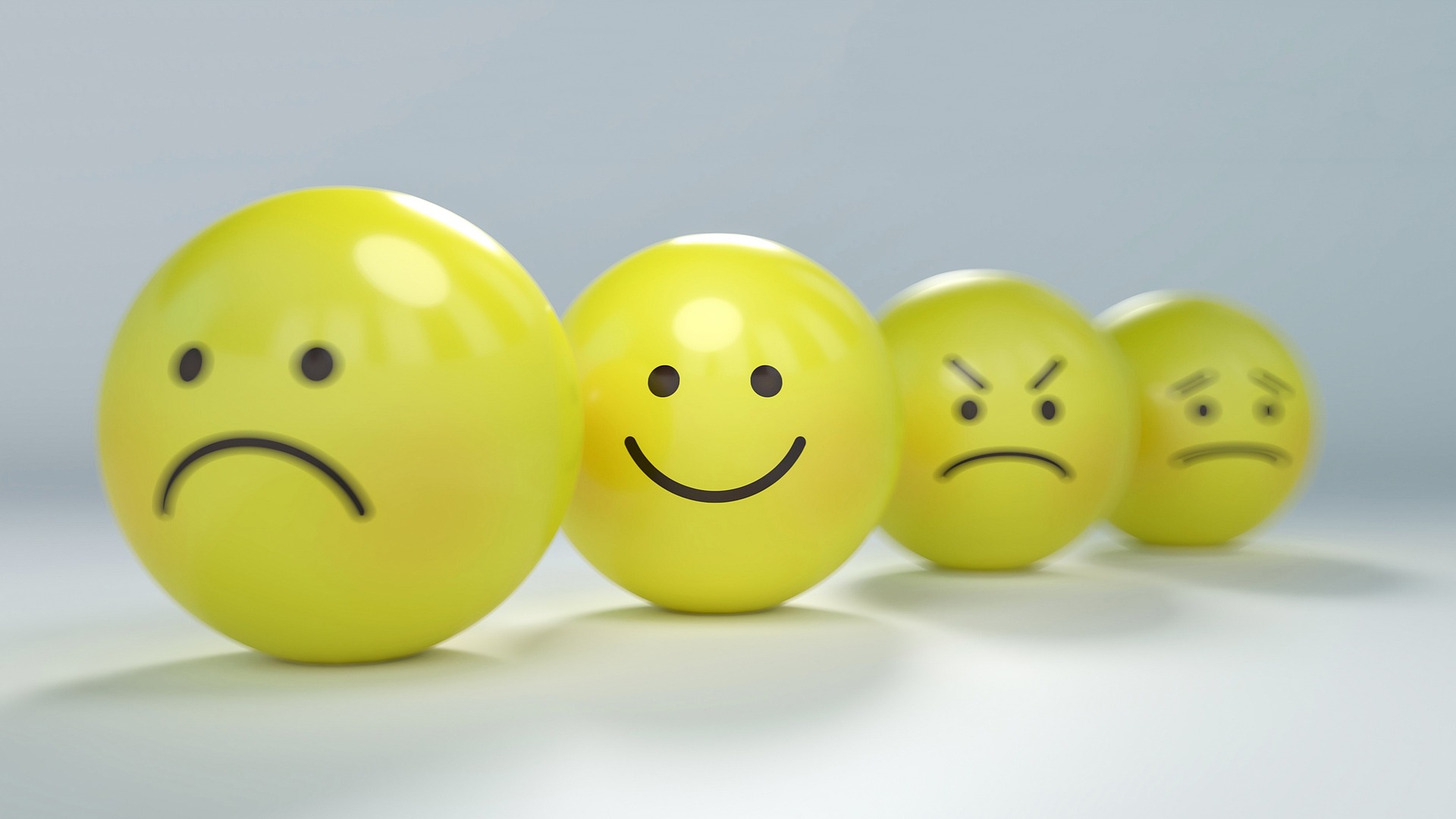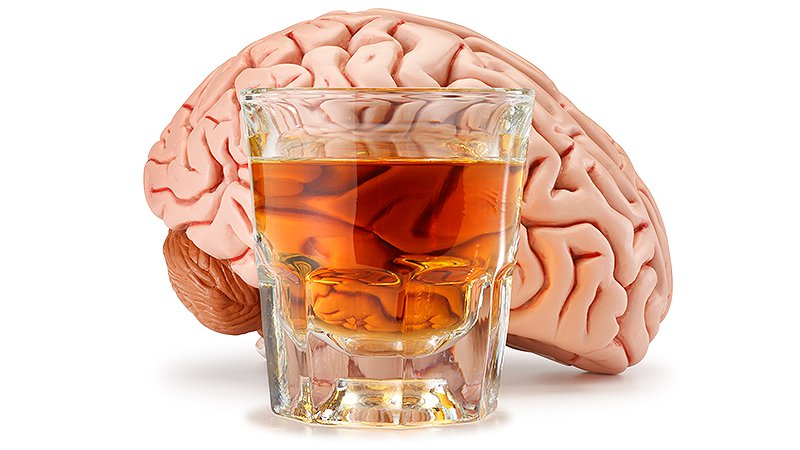
The addiction recovery process is wrought with challenges, stresses, and change. Developing skills to process urges and cravings can be difficult at any stage of recovery. Relapse prevention strategies are essential for ensuring that each individual has the skills and resources to process these stresses while continuing to work towards their sobriety goals. While relapse can be common, it is not necessarily a part of all journeys to sobriety. Intensive outpatient programs (IOPs) can help each individual develop the skills and community necessary to help prevent relapse for a healthier, sober life.
What Is Relapse?
Relapse is a common and dangerous threat throughout recovery. Experiencing a relapse can devastate a person’s physical health, emotional health, relationships, and progress throughout sobriety. The term refers to a return to not just the use of addictive substances. However, the attitudes, practices, behaviors, and mentalities also accompanied their previous use of drugs or alcohol.
Sipping alcohol at a party can be incredibly dangerous to a person’s sobriety. Immediately putting the drink down and removing oneself from the situation can classify this as a “slip.” While slips should still be professionally addressed, relapse is a much more intense and difficult situation.
During a relapse, an individual may regularly engage with addictive substances again. They may also return to social groups that may negatively influence their decision to use drugs or alcohol, routines that enable their use, or even experience changes in perspective. This can cause an individual to view dedicated recovery efforts as a hurdle to their continued use. Relapse prevention strategies developed during every stage of recovery and continually practiced throughout IOPs are instrumental in preventing relapse from affecting an individual’s recovery journey.
How IOPs Prevent Relapse
IOPs are a great way for an individual to bring the challenges and triumphs of daily life into treatment while balancing these two dimensions of each person’s life. Stress can be a significant factor in the development of relapse. Having an outlet in which to explore the stresses of daily life, whether they be personal challenges or workplace stresses, is instrumental in creating a healthy approach to overcoming these stresses. IOPs are dedicated programs to carry a person’s sobriety to their lives outside the facility’s walls, with relapse prevention being a significant part of their role in continued sobriety.
These programs not only introduce an individual to professionals and peers navigating their anxieties and challenges. They also use the opportunity to create practical strategies to be implemented in life outside of the program. With a focus on daily application and using peers as resources for developing new strategies and ideas, IOPs provide a wealth of professional support. Additionally, they provide a healthy community to explore the best practices for preventing relapse.
Developing the Pertinent Relapse-Prevention Skills
While the IOP meetings can be educational to birth new strategies, ideas, and perspectives, they can also be a place to practice and refine proven strategies for use in daily life. Each individual will have a collection of effective relapse prevention strategies. Having a space to develop the most relevant and personalized skills is necessary for their effective implementation in the face of recurring, new, or unexpected challenges.
Start Journaling
It can be difficult for an individual in recovery to process the deluge of changes and challenges that manifest each day. However, identifying the most pertinent triggers and how they affect a person’s mentality and sobriety is essential.
Keeping a running journal of stresses, challenges, urges, and successes in recovery can help an individual best identify these personal triggers. These may include certain situations, people, times of day, or locations that may unknowingly add additional stress to their daily life. Knowing how these aspects may affect an individual can help them prepare to address these challenges and practice dedicated strategies in IOPs to prevent them from building and causing potential relapse.
Embrace Meditation
Being able to emotionally and physically detach from the stresses of daily life can be an invaluable skill throughout recovery. Bringing meditation into daily life and having a dedicated space in which to process and relinquish complicated feelings is instrumental in helping to prevent the buildup of unnecessary stress. It can also help individuals embrace a more mindful approach to their health. As relapse can be common due to pent-up stress, this outlet can prevent the buildup of multiple stresses and create a healthy home atmosphere and mental state.
Communicate Often
Communication is a core part of recovery. Whether an individual is communicating with professionals in individual therapy or with peers, groups, or family members, communication is necessary. Practicing communication skills in IOPs and being honest with themselves and others about each day in recovery are all part of an effective recovery process. Communicating often through regular phone calls, attending outpatient meetings, or even daily text messages can help an individual track their progress and build trust with support.
Stay Engaged in Community Efforts
Feelings of isolation are common among those overcoming addiction. Being actively engaged in an evolving community is necessary for maintaining healthy sobriety. IOPs are a great way to stay connected with peers and maintain a focus on recovery throughout daily life. They ensure that recovery and sobriety never feel like an afterthought while constantly empowering individuals to strive toward their next sober milestone.
Effective IOPs are instrumental for exploring the balance between your personal life and continued sobriety, helping to provide resources, education, practice, and community to create comprehensive and effective relapse prevention strategies. At Redpoint, we are committed to providing this comprehensive program, empowering you or your loved one to create their best practices. Recovery and sobriety are lifelong journeys. With constant professional support backed by an accepting and uplifting community of peers and strategies, your time can be personalized to best address your needs and challenges to maintain your hard-earned sobriety. For more information on how we can personalize your time with us, call to speak to a caring, trained staff member today at (303) 710-8496.











